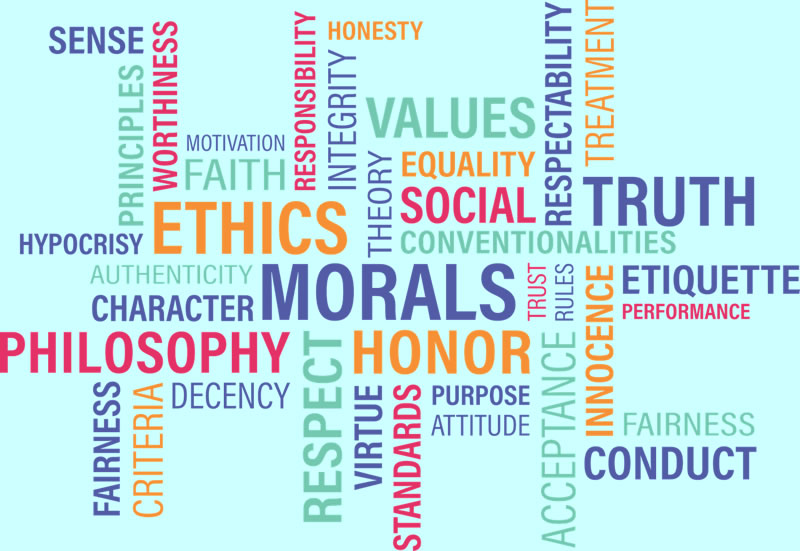By Andy Brack, editor and publisher | There’s a lot that goes on in a legislative session: Thousands of bills are filed. Hundreds of news stories are written about those bills. Scores of committee meetings underscore why making laws is as unsightly as making sausage.
 Through it all after several months of work, much hot air was expended. Tempers flared. Filibusterers filibustered. Lobbyists lobbied. Visitors gawked. And a few laws got passed.
Through it all after several months of work, much hot air was expended. Tempers flared. Filibusterers filibustered. Lobbyists lobbied. Visitors gawked. And a few laws got passed.
In 2019, legislators agreed enough to pass 113 measures – everything from the $9 billion budget to rejiggering voting precincts in Anderson, Greenwood, Dorchester, Pickens, Abbeville and Dillon counties. In fact, they seemed to like fiddling so much with Greenwood County’s precinct maps that they did it twice, first in March and later as the session was coming to a close.
The biggest thing that happens annually in any legislative session is passage of how the state will spend the money it collects in taxes to pay for government services. Because budgets are how we prioritize what’s important, legislators essentially are monetizing core values when they approve spending legislation. As religious writer and activist Jim Wallis has written, “Any budget is a moral statement of priorities, whether it’s a budget created by an individual, a family, a school, a city or a nation. It tells us, mathematically, what areas, issues, things, or people are most important to the creators of that budget, and which are least important.”
So in the 2019-20 budget, what did legislators say was important in spending what we sent to the government? Here’s a list of how they agreed to spend new monies, including a $1 billion surplus:
Employee pay. Current public school teachers will get a 4 percent pay hike and new teachers will start at $35,000 a year, up $3,000. Total cost: $159 million. (Teachers also will get a 2 percent boost that all state employees get ($41 million total), plus a recurring increase for health cost increases that will cost another $50 million.) The state also added $32 million to its contribution to underfunded state pensions.
Schools. Lawmakers hiked the base student cost slightly, but still are underfunding public education by millions of dollars based on a funding formula. An extra $10 million will go to pay for police in school districts that can’t afford them. Another $19 million went to school bus purchases from the lottery.
Higher education. An extra $44 million will go to state public colleges and universities, with a provision that limits higher tuition for in-state students. Additionally, the legislature added $112 million for long-deferred capital needs at college buildings. In the past, there was talk of using borrowed funds for bonding to deal with billions in needs from colleges.
Equipment. The state set aside $40 million to buy new voting machines to replace the dinosaurs now being used. Lawmakers finally agreed to spend $29 million on a child support enforcement computer system, something long required by the federal government. (We’re the only state without the right system and have wasted lots of money and time trying to get it on the cheap.)
Gimmick. Lawmakers agreed to send $50 to each taxpayer who files a tax return. Cost: $67 million. Impact per household: $4 per month. Spin: It’s nothing more than a political bribe to make you think you’re getting something when you probably won’t feel it at all.
Reserves. Lawmakers fully funded state reserve funds, adding $37 million to rainy-day pots that now total $569 million. With summer weather getting more erratic and a trade war impacting the economy, it’s wise to keep reserves topped up in case something unexpected happens.
So what does all of this spending tell us? Mostly, it shows the state is finally ponying up for long ignored needs — everything from schools to buildings to things we should have done a long time ago. Thank goodness there was a surplus this year to help jumpstart the state.
Now it’s time for tough discussions to pass real and comprehensive tax reform so that we can keep up with existing needs – and not get behind the eight ball again so that we have to wait a generation before doing what we should have done in the first place.
- Andy Brack’s new book, “We Can Do Better, South Carolina,” is now available for $14.99 in paperback via Amazon.
- Have a comment? Send to: editor@charlestoncurrents.com




 We Can Do Better, South Carolina!
We Can Do Better, South Carolina!
























